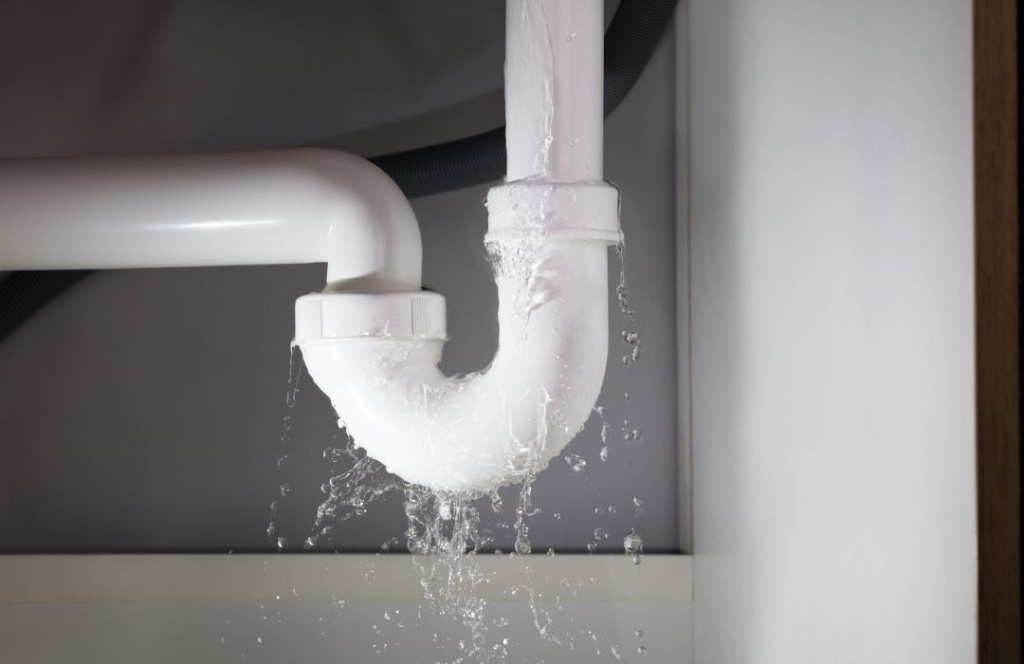Content provided by AAALiving
Freshly fallen snow, mugs of steaming hot cocoa, cozy fires—winter has its advantages. But when the temperature plummets, there’s also the risk of your home’s pipes freezing and bursting. And that’s one of the most common causes of property damage during frigid weather, according to the Insurance Institute for Business & Home Safety (IBHS).
So what’s a homeowner to do? Follow this guide to help prevent frozen pipes, and to get tips for how to handle them:

Understand why pipes burst
Where you live makes a difference, too. Homes in northern climates are typically built with pipes located inside of the building insulation so they’re protected from freezing weather. In southern climates, pipes are more vulnerable to the cold as they tend to be located in uninsulated areas, and homeowners may not be as aware of how to prevent frozen pipes.

Know how to prevent frozen pipes
- If it’s extremely cold outside, help prevent frozen pipes by letting water trickle from the faucet. This will help provide relief from the excessive pressure that builds between the faucet and any ice blockage.
- Keep kitchen and bathroom cabinet doors open to allow warmer air to circulate around your plumbing.
- Keep your thermostat set to the same temperature day and night, so you can keep warm air flowing. You may incur a higher heat bill, but you’ll help prevent frozen pipes.
- If you’re away from home during the cold weather, leave your heat on, keeping the thermostat set above 55°.
- Use an insulated sleeve to cover any exposed exterior water pipes (sprinkler, pool supply lines, etc.) or interior water pipes (basement, crawl spaces, etc.).

Tell if your pipes are frozen
- You notice odd smells from a faucet or drain, which could mean it’s partially or completely blocked.
- Little to no water is coming out from a faucet.
- You can see frost or condensation on the exterior of the pipes.
- You touch the pipe and notice a spot that feels colder than the rest.

Safely take action if pipes are frozen
Check your home insurance policy or lease
Water damage is a leading cause of home insurance claims. Home insurance policies typically cover water damage to your home caused by a frozen pipe suddenly bursting. However, if you’re negligent, such as turning off the heat when you’re away from home, insurance may not cover your claim.
Protect Your Property
Talk to an insurance agent to discuss plans and what kind of coverage is right for you.

